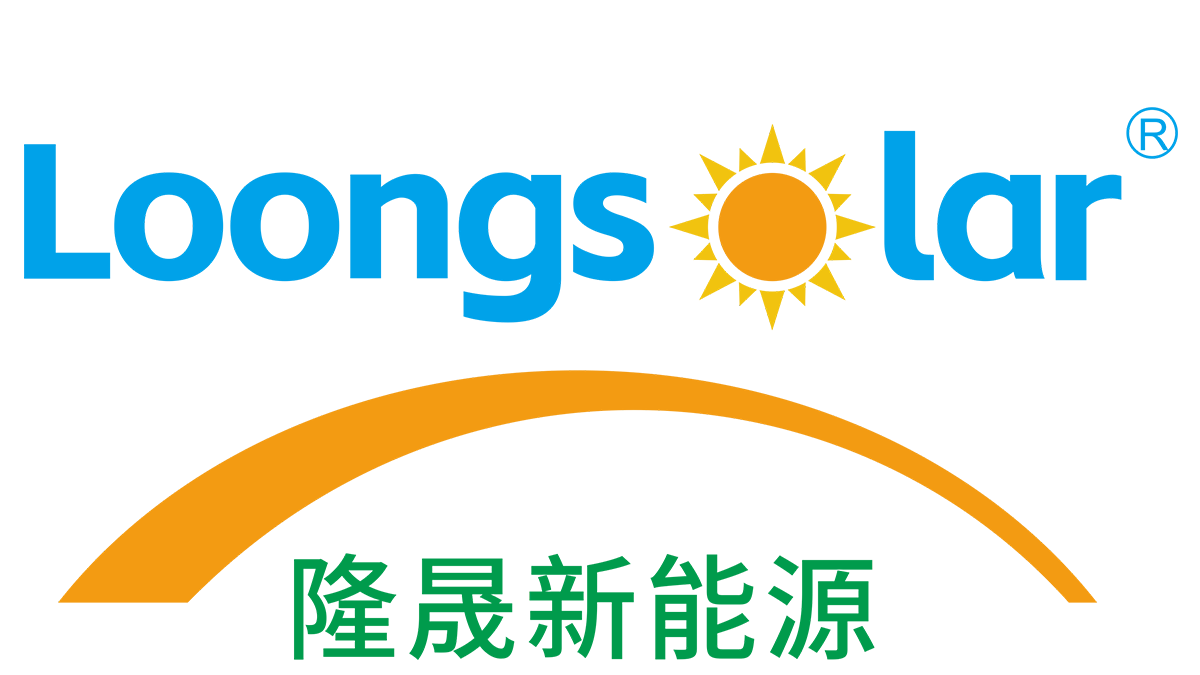The Science Behind Solar Panel Angles and Adjustability
Why Panel Orientation Impacts Solar Efficiency
The efficiency of solar panels is largely influenced by their orientation and the angle at which they are installed, commonly referred to as the tilt angle. A well-optimized tilt angle ensures maximum exposure to sunlight throughout the day, enhancing energy capture. Research shows that adjusting solar panels to face directly towards the sun can boost energy capture by up to 25%, particularly during peak solar hours. Furthermore, the use of adjustable mounts allows users to dynamically alter the panel angles in real-time, thereby increasing the system's adaptability to the sun's movement across the sky. This flexibility is vital for maximizing solar energy intake during varying conditions and is a key component of efficient solar installation.
Seasonal Sun Path Variations and Energy Output
The sun's path across the sky changes with the seasons, significantly affecting the amount of sunlight that reaches solar panels. Utilizing adjustable mounts that accommodate these changes can significantly boost energy output. Studies indicate that solar panels equipped with tracking systems can enhance energy production by up to 40% compared to those with a fixed setup. The ability to modify the panel orientation based on the sun's position each season allows installations to adapt to local climatic conditions and these seasonal variations. By understanding these factors, one can strategically design and install solar systems with adjustable mounts to harness maximum energy, optimizing the entire setup's efficiency.
How Adjustable Solar Mounts Work in Different Climates
Cold Climate Adaptations: Snow Load and Low-Angle Sun
Adjustable solar mounts play a crucial role in cold climates, especially regarding snow accumulation and sun exposure. When solar panels are set at lower angles, it helps prevent snow buildup, ensuring uninterrupted energy production even during heavy snowfall. In regions where snow is a frequent occurrence, buildings benefit immensely from mounts designed to withstand heavy snow loads. These mounts maintain the structural integrity of solar systems, protecting them from the weight of accumulated snow. Moreover, utilizing adjustable mounts can lead to an estimated 15% increase in energy production during winter months when adjusted to capture maximum sunlight exposure efficiently.
Hot Climate Optimization: Reducing Heat Stress
In hot climates, adjustable solar mounts provide an effective solution to combat the overheating of solar panels. By tilting panels appropriately, we can reduce heat stress and maintain high efficiency. Proper adjustments increase airflow and cooling around panels, potentially improving energy output by 10-20% as temperatures soar. Implementing materials with higher thermal resistance in mount designs further enhances durability under extreme heat conditions. Such innovations mean solar panels not only perform optimally but are also built to last even in the most challenging climatic settings.
Coastal Area Solutions for Corrosion Resistance
Coastal regions present unique challenges to solar installations, primarily due to salt spray corrosion. Adjustable solar mounts designed with corrosion-resistant materials can significantly extend the lifespan of solar systems in such demanding environments. Regular maintenance becomes crucial, and these adjustable mounts facilitate easier access for cleaning and inspections, helping keep systems in top condition. By adopting specific coatings and finishes on materials, we reduce maintenance costs and improve reliability, ensuring solar mounts operate efficiently despite tough marine conditions. Embracing these coastal area solutions ensures that solar installations retain their functionality and integrity over time.
Maximizing ROI with Adjustable Mounting Systems
Energy Yield Improvements Across Seasons
Adjustable solar mounts significantly enhance energy yield by adapting to seasonal sun movements, optimizing returns on investment. By allowing panels to adjust for varying angles of sunlight, these mounts can maximize energy capture year-round. Industry analysis suggests that homeowners can experience a reduction of 2-3 years in the payback period when utilizing adjustable systems. This means that the upfront investment in solar panel installation can yield quicker financial returns. Furthermore, integrating tracking technology with these systems can pave the way for continual advancements in solar energy efficiency, ensuring that the panels are always positioned to capture the maximum possible sunlight.
Reducing Long-Term Solar Installation Costs
Investing in adjustable solar mounts can lead to significant reductions in the overall solar panel installation cost. These mounts allow for optimal angles, minimizing the need for frequent repositioning and extending the lifespan of the panels. As a result, the efficiency and energy output of the system are enhanced, further lowering the solar panel installation cost. Studies also point out that the adaptability of adjustable systems to harsh weather conditions can lead to lower maintenance costs over time. This adaptability not only helps in reducing immediate installation expenses but also encourages long-term savings by minimizing wear and tear on the system, making it a cost-effective choice for solar panel installations.
Installation Considerations for Optimal Performance
Roof vs Ground-Mounted Adjustable Systems
When selecting between roof and ground-mounted adjustable systems, it's essential to consider factors such as space availability, sunlight exposure, and local zoning regulations. Roof-mounted systems are typically more cost-effective, as they utilize existing infrastructure; however, they may face limitations due to the structure of the roof, like slope or type of roofing material. On the other hand, ground-mounted systems offer enhanced flexibility by allowing better angle adjustments, which can lead to increased energy yield. Understanding these choices in the context of local codes and regulations is crucial, as it helps prevent any legal and structural issues during and after the solar installation process. Comprehensive research into these aspects can ensure a smooth installation experience and optimize the performance of the adjustable mounts.
Integrating With Off-Grid Solar System Designs
Adjustable solar mounts are pivotal in off-grid systems, particularly because they allow efficient energy harvesting, even in remote areas. Proper integration of these mounts enhances the overall efficiency of off-grid solar systems by ensuring continuous performance despite varying weather conditions. For effective solutions, planning should accommodate the three key factors: battery storage capacity, solar panel output, and local environmental conditions. By considering these elements, one can maximize the efficacy of off-grid systems, making them resilient and reliable year-round. Focusing on these integration strategies makes it possible to achieve sustained energy independence with off-grid solar panel designs.






